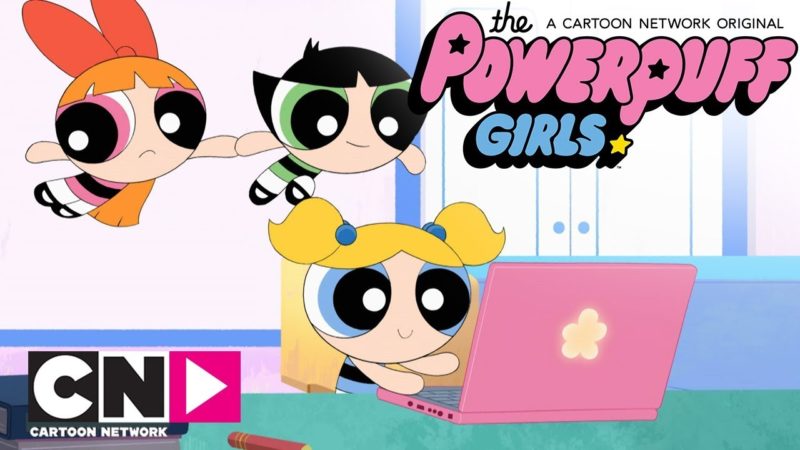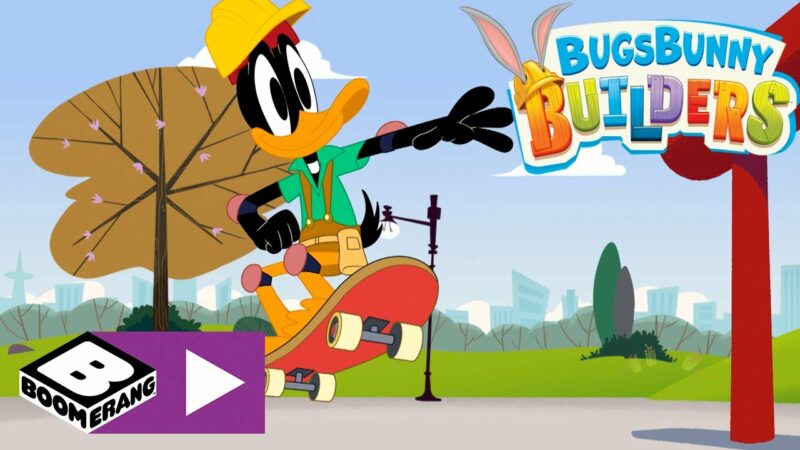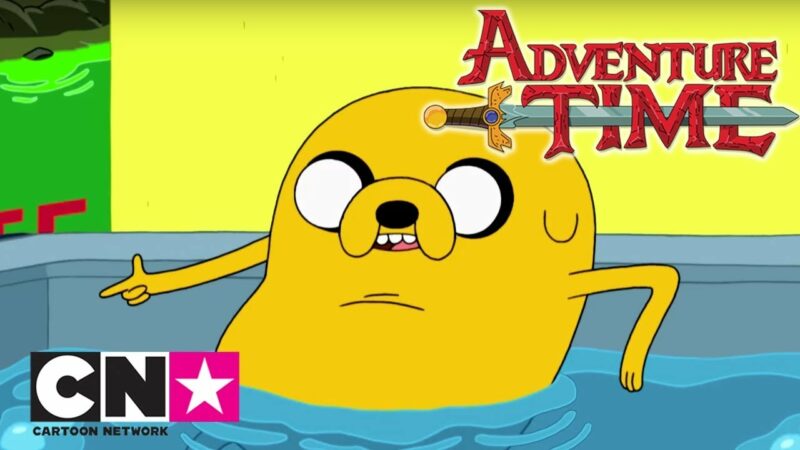Fantasia 2000

Fantasia 2000, released in 1999, marks a significant moment in the history of Disney animation, representing the 38th classic according to the official canon of the production company. The film stands out as the sequel to the groundbreaking 1940 Fantasia and as the first film in the experimental era of Disney animation, a period that lasted until 2008. This musical anthology was produced by Walt Disney Feature Animation and distributed by Walt Disney Pictures.
The film, conceived and created to celebrate both the sixtieth year since the publication of the first Fantasia and the dawn of the new millennium, keeps music as the central core of the show, transforming it into vivid and dynamic images. The animated segments of Fantasia 2000 have been carefully set to classical music pieces, and each segment is introduced by celebrities such as Steve Martin, Itzhak Perlman, Quincy Jones, Bette Midler, James Earl Jones, Penn & Teller, James Levine and Angela Lansbury, who animate the film with live action scenes directed by Don Hahn.
After a series of unsuccessful attempts to develop a sequel to Fantasia, the Walt Disney Company revived the idea shortly after Michael Eisner took over as CEO in 1984. The project remained on hold until the commercial success of the home video release of Fantasia in 1991, which convinced Eisner that there was public interest and the funds needed for a sequel. Eisner was followed by Disney as executive producer.
The Chicago Symphony Orchestra, conducted by James Levine, performed the music for six of the film's eight segments. The segments featured in the film also include “The Sorcerer's Apprentice” based on the 1940 original. Each new segment was produced by combining traditional animation with computer-generated imagery, thus creating a unique synergy between technology and traditional art.
Fantasia 2000 made its first appearance on December 17, 1999, at Carnegie Hall in New York City, as part of a concert tour that also visited London, Paris, Tokyo and Pasadena, California. The film then found its way into 75 IMAX theaters worldwide from January 1 to April 30, 2000, marking the debut of the first feature-length animated film in the format. The general theatrical release followed on June 16, 2000.
Insiders welcomed the film with predominantly positive reviews, praising many of its sequences, while highlighting an overall mixed quality compared to its predecessor. With a budget of approximately $80-$85 million, the film grossed $90.9 million worldwide.
The episodes of Fantasia 2000
Fantasia 2000, the evolution of a masterpiece, opens with the unmistakable sound of an orchestra tuning up and the introduction by Deems Taylor from Fantasia. The panels show various segments from Fantasia floating in outer space to form the set and stage for an orchestra. The artists draw at their desks while the musicians take their seats and tune up. James Levine approaches the conductor's podium and signals the start of the first piece.
The film, like its 1940 predecessor, consists of eight segments, each introducing musical pieces performed with animations that bring to life enchanted worlds, vivid characters and extraordinary adventures, presented by various entertainment icons in collaboration with Disney.
La Fifth Symphony by Ludwig van Beethoven transports the viewer into an abstract universe, populated by butterflies of a thousand colors, symbols of light and life, which dance between lights and shadows, battle against a pack of dark bats, bearers of darkness, but it is the light that triumphs, bringing back the color in the world.
The Pines of Rome by Ottorino Respighi, take us on an emotional journey with a family of humpback whales capable of flight, exploring the celestial world. There are moments of tension when the puppy gets trapped in an iceberg, then reunites with the pack and flies until it touches the stars.
Rhapsody in Blue by George Gershwin is a vibrant journey through 30s New York, illustrated with Al Hirschfeld's distinctive caricature style. It tells the stories of individuals who aspire to a better life in a rapidly changing world, and how their destinies intertwine in unexpected ways.
Piano Concerto No. 2, Allegro, Opus 102 by Dmitri Shostakovich offers a retelling of Andersen's story “The Tin Soldier,” with an optimistic ending that departs from the original story, allowing the characters to find happiness.
The Carnival of the Animals by Camille Saint-Saëns it makes us smile with its light and lively humor, showing a group of pink flamingos trying to involve an awkward and distracted companion, more interested in his yo-yo, in a synchronized dance.
The sequence of The Sorcerer's Apprentice by Paul Dukas is a tribute to the first Fantasia, recounting Mickey's magical misadventures under the guidance of his master sorcerer. A fusion of the magic of the past and present, ending with a warm greeting between Mickey Mouse and director James Levine.
Pomp and Circumstance by Sir Edward Elgar resumes the story of Noah's Ark, with Donald Duck and Daisy Duck who, through misunderstandings and discoveries, discover the value of love and hope, observing together a rainbow that seals the promise of a new beginning.
In conclusion, The Firebird by Igor Stravinsky it shows us the rebirth of spring after destruction, the importance of forgiveness and the power of nature, in a crescendo of emotions that leaves the viewer with a feeling of hope and renewal.
This film is a unique journey, an experience of pure artistic and musical pleasure, an ode to the beauty of life and human imagination. We can only wait anxiously to see how the Fantasia concept will evolve in the coming years.
Production of the film “Fantasia 2000”
In 1940, the world was introduced to “Fantasia,” Disney's third animated classic, a work of art composed of eight animated segments each accompanied by classical music pieces, performed by the Philadelphia Orchestra under the direction of Leopold Stokowski. Walt Disney's desire was to create a continuously released film, with new segments replacing old ones, thus allowing the audience to immerse themselves in an ever new and unique cinematic experience. However, the conception of this pioneering project collided with the reality of mixed reviews and disappointing box office receipts, leading to the abandonment of this innovative dream in 1942. Walt would never revisit this idea for the rest of his life.
Fast forward to 1980, Wolfgang Reitherman and Mel Shaw sought to revitalize the essence of “Fantasia” with “Musicana,” a film that would blend different musical and artistic genres to present ethnic tales from around the world. Unfortunately, this project was also shelved in favor of 1983's "Mickey's Christmas Carol."
With the arrival of Michael Eisner as CEO of the Walt Disney Company in 1984, the dream of a sequel to “Fantasia” was rekindled. It was Roy E. Disney, Walt's nephew and vice president of the company, who suggested the idea, which initially did not have the necessary resources to be realized. Despite this, the proposal reawakened interest and creativity within the company, even if some executives, such as Jeffrey Katzenberg, president of Walt Disney Studios, showed skepticism and disinterest.
Eisner, fascinated by the idea, consulted musical masters such as André Previn and Leonard Bernstein, but both, for different reasons, did not enter into the project. It wasn't until the 1990 release of "Fantasia," with domestic grosses of $25 million and home video pre-orders reaching $9.25 million, that Disney saw commercial potential for a sequel. In 1991, Eisner finally approved the project, with Roy E. Disney as executive producer.
Production began under the working title of “Fantasia Continued” with a release date scheduled for 1997. Subsequently, the title changed to “Fantasia 1999” and, finally, “Fantasia 2000” to coincide with its actual release in theaters in 2000. The film's initial order included half of the “Fantasia” schedule and only “three or four new issues,” but after realizing the idea wouldn't work, Disney decided to keep only three segments of “Fantasia ” in the final program. Some ideas, such as “Clair de Lune,” were discarded, and production continued with constant modifications until the final months of production.
While searching for a suitable conductor, Disney and Thomas Schumacher, president of Walt Disney Feature Animation, invited James Levine, conductor of the Metropolitan Opera, to a meeting in September 1991. Levine, enthusiastic about the idea, carried out a fundamental role in the selection of the musical pieces and contributed significantly to the making of the film.
The creation of “Fantasia 2000” was a long and eventful journey, full of obstacles, abandoned ideas and revitalizations, but which ultimately realized Walt Disney's dream of offering audiences a unique and ever new cinematic experience, fusing music classical and masterfully animated.
Technical Sheet of the Film: Fantasia 2000
General informations:
- Film Title: Fantasia 2000
- Original language: English
- Country of Production: United States of America
- Production year: 1999
- Duration: 75 min
- Report: 1,85:1
- Gender: Animation, Musical
- Distribution in Italian: Walt Disney Pictures
Directed by:
- James Algar for “The Sorcerer's Apprentice”
- Gaëtan Brizzi, Paul Brizzi for “The Firebird”
- Hendel Butoy for “Pini di Roma” and “Piano Concerto No.2”
- Francis Glebas for “Pomp and Circumstance”
- Eric Goldberg for “Rhapsody in Blue” and “Carnival of the Animals”
- Don Hahn for the spoken sequences
- Pixote Hunt for “Symphony No. 5”
Production:
- Producer: Donald W. Ernst
- Executive producer: Roy Edward Disney
- Production House: Walt disney Feature Animation
Technical Team:
- Photographs: Tim Suhrstedt
- Mounting: Jessica Ambinder-Rojas, Lois Freeman-Fox
- Music: Different, depending on the segment
- Animators: James Baker, Nancy Beiman, Bert Klein, Darrin Butts, Eric Goldberg, David Kuhn, Ed Love, and many others.
Interpreters and Characters:
- Steve Martin, Itzhak Perlman, Quincy Jones, Bette Midler, James Earl Jones, Penn & Teller, James Levine, Angela Lansbury
- Original voice actors: Wayne Allwine as Mickey Mouse, Tony Anselmo as Donald Duck, Russi Taylor as Daisy Duck
- Italian voice actors: Michele Kalamera, Roberto Alpi, Vittorio Di Prima, Solvejg D'Assunta, Glauco Onorato, Roberto Stocchi, Renato Cecchetto, Alina Moradei, Alessandro Quarta, Luca Eliani, Laura Lenghi
Movie Episodes:
- Fifth Symphony
- The pines of Rome
- Rhapsody in Blue
- Concerto n.2 for piano and orchestra
- The carnival of animals
- The Sorcerer's Apprentice
- Pomp and Circumstances
- The fire bird
Plot and Description:
Fantasia 2000 is the sequel to the famous Disney animated classic, Fantasia, and like its predecessor, features a collection of animated shorts set to classical music pieces, each with its own unique and distinctive style of animation. The variety of styles and techniques makes each segment a unique viewing experience, enhanced by the eclectic musical choices. The combination of visual and musical elements takes the viewer on a journey through fantastical worlds, dreamy atmospheres and thrilling adventures, keeping alive Walt Disney's original vision of creating an immersive and thrilling cinematic experience.
Source consulted: https://it.wikipedia.org/wiki/Fantasia_2000






